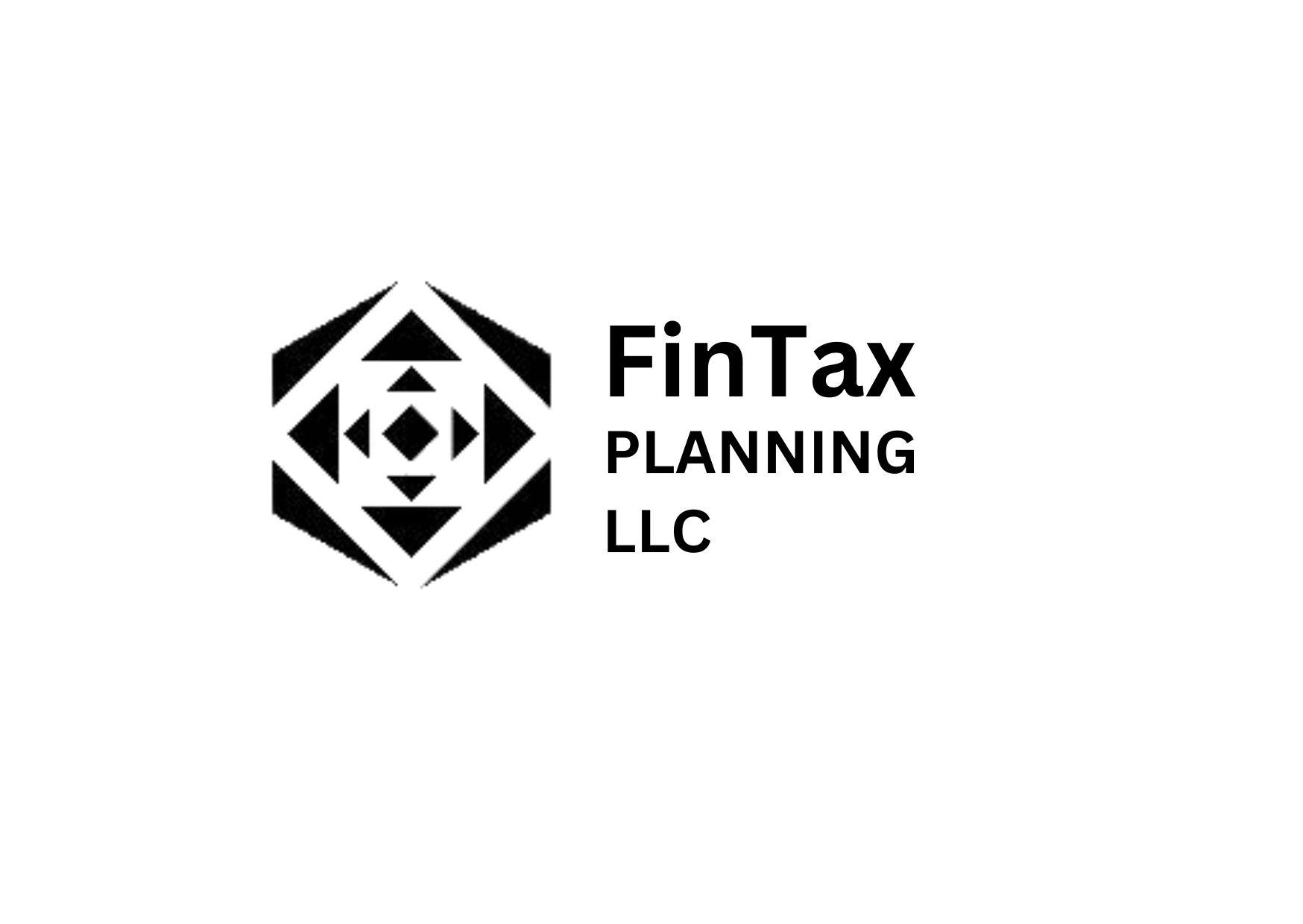Are you at risk of losing money in the stock market?
- Anna Cruz
- Aug 21, 2024
- 2 min read
How to gauge the value of a stock using the Price to Earnings Ratio.
I was shocked to see Cava, the Mediterranean restaurant chain, close with a share price of $99 on Friday, August 16. Cava’s stock price has risen more than 150% since its initial public offering in June 2023. Cava is now worth $11 billion. The restaurant chain only has 323 stores, each valued at $35 million. How many Gyros do you have to sell to value 1 store at $35 million? 665 Gyros per hour, per store…A LOT.

However, this is not about Cava, but rather the valuation of companies in the stock market. The S&P 500 has experienced a 27.47% increase in the past year, which is quite significant given that the average annual gain for the S&P over the last 50 years has been 11.47%. Comparing stock prices can be easily done using the Price to Earnings (P/E) ratio.
The P/E Ratio is a useful indicator for assessing the valuation of a company. A lower P/E indicates that you are buying the company’s earnings (also known as profits or net income) for a cheaper price. Another way to look at P/E ratio is how many years you would need to own the stock to get your money back in net profits from the company. P/E ratio is handy for comparing a company's valuation against its historical performance, against other companies within its industry, or the overall market. To find P/E ratio, type "P/E Ratio" followed by the company or investment name into your favorite search engine or financial data website.
Historically, P/E ratio hovers between 20 and 25. Cava’s P/E ratio as of the writing of this article is 375. Ouch.
P/E Ratio and the S&P 500 Index
The 2024 Wall Street darling, AI chip maker NVIDIA, has a P/E ratio of 72, Apple’s is 34 and Microsoft’s is 35. Together these three stocks are the highest-weighed companies in the S&P 500, making up 20% of the most important stock index in the world. The astronomical growth of the S&P along with the high P/E ratios of its most heavily weighed stocks indicate that the S&P 500 price may be inflated. But it’s not too late to protect yourself.
Protect Your Investments
Diversification is the key. Set up a consultation today and we can review your portfolio and ways that you can protect yourself. Click here to schedule your free introductory consult.






Comments